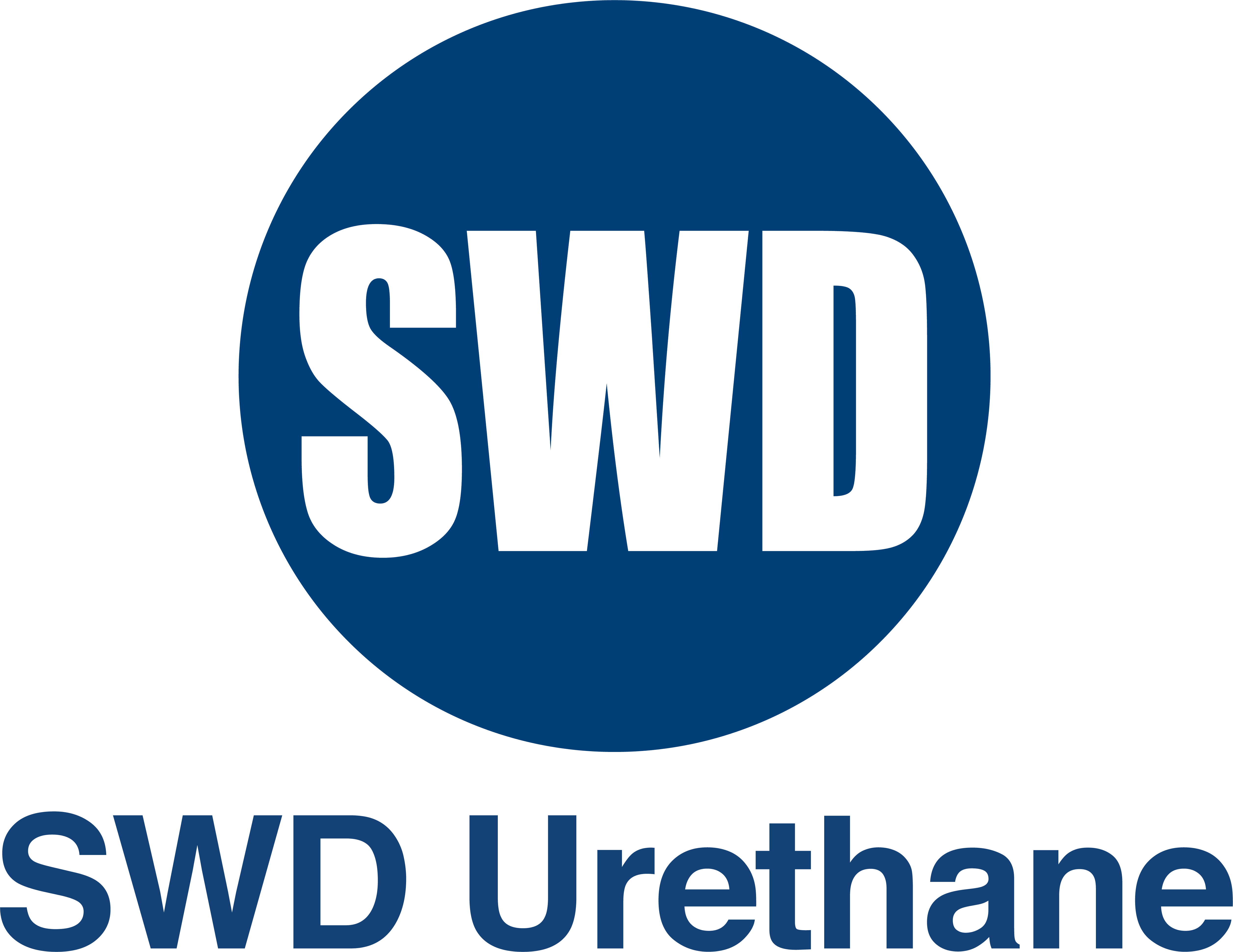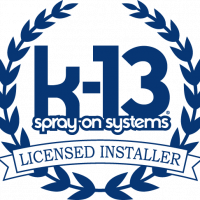Rising energy costs and erratic weather have made the integrity of our homes and businesses more important than ever. You want to make sure that your home’s insulation is airtight and ready for whatever the outside world throws at it.
There are more products now on the market than ever before, and the choice can be overwhelming. Knowing the differences between blow-in insulation and spray foam insulation can be useful information, so read on for more insight into the strengths and weaknesses of each.
Blow-in insulation 101
Blow-in insulation, at its core, means insulation products are physically blown into wall cavities, attics and so forth by using forced-air machines to move product into both tight and large spaces.
This insulation is usually made up of material like cellulose, which is typically made from wood or plant fibers. Alternatively, it’s sometimes composed of shredded fiberglass (e.g., recycled glass), much like the big pink rolls you’ve probably seen at the store. This is a green form of insulation thanks to its reliance on recycled materials, which is appealing to a lot of our customers. Blow-in insulation can be applied either on new construction or to shore up the insulation on an existing home, a versatile attribute.
The basics of spray foam insulation
Spray foam insulation is applied in a liquid form that expands over time, eventually taking up 30 to 60 times its original volume. This is a remarkably effective way to insulate a home, as it stops all sorts of heat transfer that can be murder on your utility bill. You can also choose between open- and closed-cell spray foam, which each have their own specific pros and cons that your technician can better explain.
This degree of quality can come at a price; one of the differences between blown-in insulation and spray foam insulation is that spray foam tends to cost a bit more.
Pros and cons
Overall, when it comes to blow-in insulation vs. spray foam insulation, it’s really up to you as a homeowner, but here are some quick takeaways.
When it comes to price, blow-in insulation usually has the edge; spray foam insulation is more difficult to apply with more expensive materials. This price difference also isn’t surprising when one considers that spray foam tends to be a more efficient material, especially if you opt for closed-cell foam. The R-value of closed-cell spray foam far surpasses that of open-cell foam or blow-in insulation, which can be valuable given our volatile weather. Another thing to consider is noise reduction; blow-in insulation has been shown to dampen sound at a degree that spray foam just can’t match.
Choosing between blow-in insulation and spray foam insulation shouldn’t just come down to whichever one is cheaper. It takes careful consideration of what you value and how you hope to change your home’s makeup. A professional from our team at Ace Insulation Inc. could be your best asset to help you more fully understand the pros and cons of each type of material, so give us a call today.


